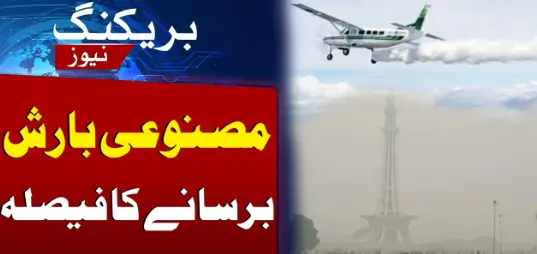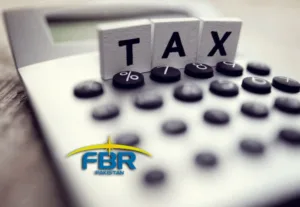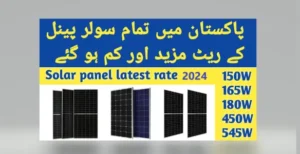Lahore to Receive 2nd Artificial Rain in 2024
Lahore’s Smog Battle: Round Two of Artificial Rain Announced with UAE Partnership
Punjab Chief Minister Mohsin Naqvi has announced a second round of artificial rain to tackle Lahore’s persistent smog problem. This move, building on the successful first experiment in collaboration with the United Arab Emirates (UAE), aims to further improve air quality in the city.
Expressing gratitude for the UAE’s partnership, CM Naqvi praised the Cloud Seeding Team led by Ahmad Al Kamal. He acknowledged their crucial role in the first experiment, which led to a significant drop in air quality levels below 200 for several days.
Read More: Punjab Govt Plans Artificial Rain on Nov 28 to Fight Smog in Lahore
The meeting highlighted the importance of continued collaboration. Chief Pilot Michael Anstis and Pilot Colonel Aubeed were present, emphasizing the value of joint efforts between Punjab and the UAE in environmental conservation.
CM Naqvi expressed optimism for the upcoming experiment in January, dependent on favorable weather conditions. He called the first experiment a historic success and praised the UAE team for becoming an integral part of Pakistan’s environmental initiatives.
The UAE delegation reciprocated the warm sentiment, emphasizing the strong bond between the two nations. Both sides expressed hope that the continued collaboration will significantly reduce the impact of smog in the region.
Unlocking the Clouds: Demystifying Artificial Rain
Ever dreamt of summoning a downpour to combat a scorching summer or a relentless dust storm? Well, the magic of artificial rain might just make that dream a reality. But what exactly is this technology, and how does it work?
Imagine peering up at a sky filled with fluffy clouds, but lacking the crucial spark to unleash their watery bounty. That’s where cloud seeding comes in, the core principle behind artificial rain. It’s like giving the clouds a gentle nudge to kickstart the rain cycle.
Here’s how it works:
- Cloud Seeding: Tiny particles, typically composed of silver iodide or salt, are dispersed into clouds using airplanes, drones, or even ground-based generators.
- Mimicking Nature: These particles act like ice nuclei, mimicking the natural dust and ice crystals that normally trigger water droplets to form and clump together.
- Rainmaker’s Touch: As more droplets gather and collide, they become heavy enough to fall as rain, transforming arid landscapes into verdant havens.
But is it just magic in the sky? Not quite. Artificial rain isn’t a guaranteed rainmaker. It relies heavily on specific weather conditions, like the presence of pre-existing clouds and optimal temperature and humidity levels. Additionally, its effectiveness can vary depending on the type of clouds and the skill of the cloud seeding team.
Despite these limitations, artificial rain holds immense promise for:
- Combating drought: Bringing much-needed relief to parched lands, revitalizing agriculture, and sustaining communities.
- Managing wildfires: Seeding clouds over fire zones can help create rain curtains, potentially hindering the spread of flames.
- Clearing the air: By inducing rainfall, artificial rain can help wash away pollutants and improve air quality in smog-choked cities.
However, ethical concerns surrounding potential environmental disruptions and the equitable distribution of this technology need to be carefully considered.
As research and development continue, artificial rain remains a fascinating tool in the fight against environmental challenges. It’s a glimpse into a future where we might be able to harness the power of the clouds to create a greener, more resilient world.
Note: The information above might not be accepted 100%. Please verify from your own sources. We will not be responsible for any kind of loss due to our content.
For more news, please visit Munafa Marketing.




